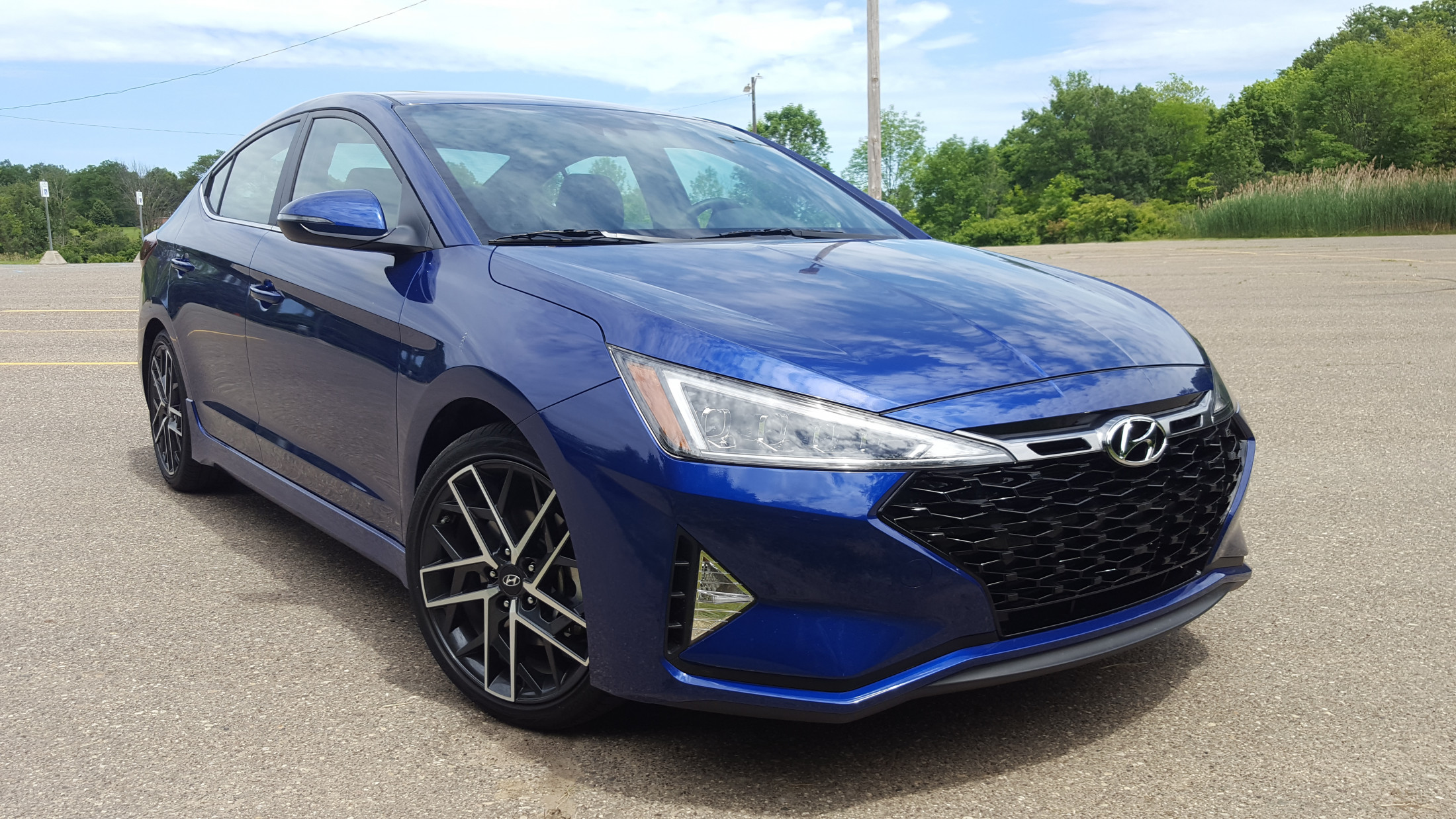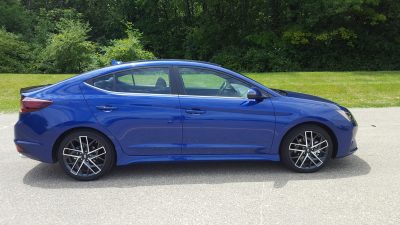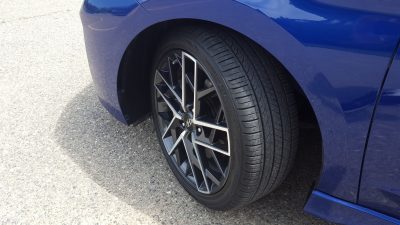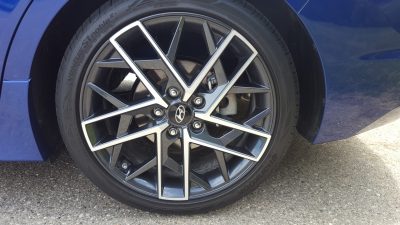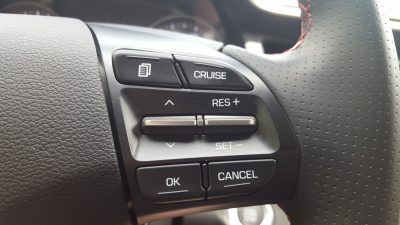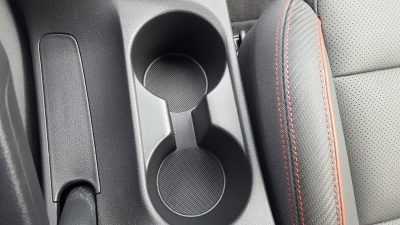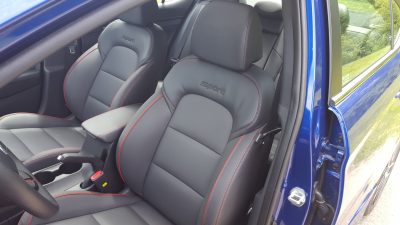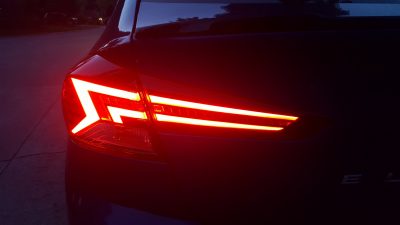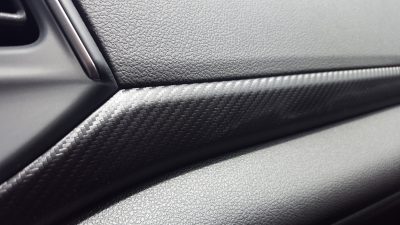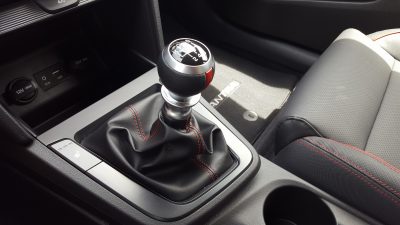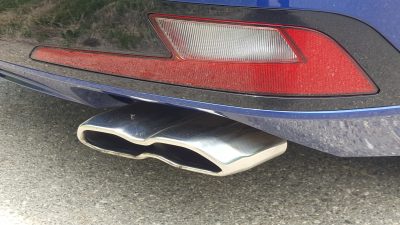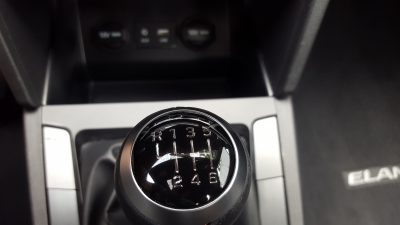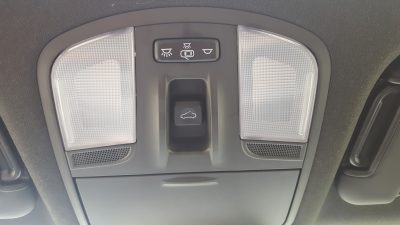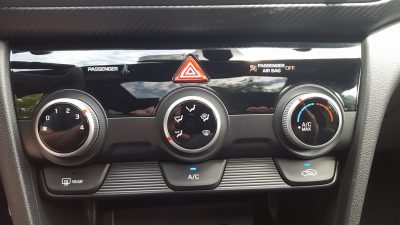The battle in the compact sport sedan segment is still heating up despite the rapid ascent of compact crossovers, and the slow introduction of their equally spicy performance variants. While the Honda Civic Si, Volkswagen GLI, and the Subaru WRX have become the established players when it comes to delivering bargain focused performance to selective enthusiasts. An alternative choice that has always been considered the outsider looking in is the venerable Elantra Sport. Hyundai has recently been kickstarting its attempts at being a relevant player in this shrinking but still viable segment. This is thanks mainly to the Veloster and Veloster N models, as well as the Elantra GT hatchback, which have all played a big part in this bold push. But can the second generation Elantra Sport successfully follow up where the old model left off? Or have the updates removed some of the magic that drew customers to it in the first place?
A Styling Misstep:
When the first generation Elantra Sport arrived on the scene, it immediately received praise for its fun styling, and a bold personality that invited its owners to come have some fun behind the wheel. This iteration of the Elantra Sport is based on the second generation Elantra, and unfortunately, it appears that the bulk of the styling has taken a step backward in the wrong direction. Like the standard Elantra, the Sport was given a mid-cycle refresh with the front fascia featuring reworked headlights, and a front grille revamp that is supposed to give it more aggression and attitude. Sadly, the end result lacks some of the fluidic cohesion that helped define the first generation model, with our tester looking a bit unbalanced from numerous angles. The wheel design here is also rather odd looking, and the 5.5 inch ride height (a slight increase to help accommodate the larger wheels) eliminates the tough stance that once helped the old model be on par with the Civic Si and the Jetta GLI.
But amid all of these styling oddities, some welcome characteristics did help bring a bit of personality to the rear of our tester. The slick LED taillights for example do look aggressive, and they look on point when paired with the tidy trunk mounted rear spoiler, as well as the clean looking dual exhaust tips. They do help make up for the mish-mash style front fascia, but when viewed as a whole, the Elantra still falls short of achieving the seamless synergy that defines a few of its rivals, though we will give the Elantra praise for looking decidedly less cartoonish than the Civic Si when viewed side by side.
Inoffensive Interior Hits The Mark:
Unlike the jumbled exterior styling, the interior in stark contrast, is a very well executed effort. While the abundance of black plastic and equally dark leather trim can make the cabin look about as boring as a Floyd Mayweather boxing match. There is a subtle but welcome method to the madness here that also defined Floyd’s ringwork. The seats in our tester were very supportive and comfortable, with the thrones having enough support to help keep drivers in place during spirited driving, but without impeding on the long distance comfort that they provide when tasked with longer road trips. Head and legroom was also decent for front occupants, with the Elantra doing a good job delivering impressive amounts of space to stretch out and relax. Rear occupants are also rewarded with a vast space to stretch out, though taller passengers are reminded about the tight headroom when they enter the otherwise impressive space.
A compelling selling point for recent Hyundai products has always been the firm’s slick UVO infotainment system, and we are pleased to see that the Elantra Sport continues this time honored tradition. Unlike other Hyundai offerings, the embedded 7.0 inch touchscreen isn’t garishly jutting upward, and the seamless execution and control the system provides is still present. We noticed very little lag time when putting the system through its paces, and the hard controls present are laid out in a very ergonomically sound manner. A pity that the up-level stereo in our tester did not quite deliver the goods when it came to sound quality, with higher notes having a rather tinny sounding feel to them, which was in stark contrast to the copious amounts of bass that the system was capable of producing. Despite the rather unassuming appearance, the interior is still a very bold and pleasant place to spend time in, and we are hopeful to see how spiced up things can be when customers either add N-Line styling accessories to the car, or if Hyundai decides to release a formal N-Line variant like they did with the Elantra GT hatchback.
Down on Power, But Not Out Of The Race:
Performance for the 2019 Elantra Sport comes from the same 1.6 liter turbocharged four cylinder that is also shared with the Hyundai Kona, and is also used by the Kia Forte and the Kia Soul. Like before, the engine is good for a healthy 201 horsepower and 195 lb-ft of torque. When compared to the 205 horsepower turbo four in the Honda Civic Si, and the 228 horsepower engine in the Volkswagen GLI, the Elantra does come up a bit short, but that does not necessarily translate into a sluggish driving experience. Despite the deficit, the Elantra still feels very confident, and the engine has a high amount of punch with very little turbo lag.
A six speed manual arrived with our car, and when you hit the gas and row through the gears, the Elantra Sport can make the sprint to 60 mph in a swift 6.3 seconds. This is comprable with its segment rivials, and is within firing range of the Si’s 6.2 second 0 to 60 time, as well as the Jetta GLI’s 6.0 second mark. The Elantra feels genuinely quick, and the tiny engine feels especially at home in the higher extremes of the rev band, which makes up for the blink and you miss it amounts of low end torque that it has. Sadly, while we like the chance to row through the gears ourselves versus having a computer do it for us, the six speed in our tester could use some work. Shifts were very sloppy, and the squishy clutch pedal has no tangible catch point which can make getting the Elantra formally moving a bit of a hassle sometimes. This tendency also required us to have a brief bit of practice when it came to our 0 to 60 testing, but your feet do get used to its quirks after a bit of practice. With the superior levels of solidity and the equally better clutches wielded by the Honda and the VW, we hope that Hyundai engineers will eventually address this key area to help further enhance the Elantra’s driving demeanor.
Handling on the other hand is arguably the Elantra’s strongest suit, with the Sport model’s new multi-link rear suspension helping to improve overall stability and welcome confidence when it is pushed hard into corners. More aggressive front and rear springs as well as enhanced dampening help radically reduce bodyroll versus the standard Elantra, while the quicker steering helps the car feel much more connected to the road than ever before. However, while it is miles ahead of the standard Elantra in this particular regard, the Sport is still a slight step behind its rivals, especially the Volkswagen GLI, which arrives with more GTI lifted goodies than ever before, and that includes a better steering rack as well as a more on point suspension system.
Value Quotient:
The 2019 Elantra also plays a strong hand in overall value, with the car having a diverse range of trim levels. While the bare bones SE model starts at $18,950, other versions (including the luxury tinged Limited model) gradually climb to just over $20,000 which is a compelling piece of bait to attract younger more budget conscious buyers. As for the Sport, it starts at $23,800 for a base manual equipped example like our tester, with the optional 7-speed dual clutch automatic transmission being a no cost extra for those that prefer to let the computer roll through the gears for them. Our lightly optioned example was garnished with just one optional extra ($135 carpet floor mats) which helped our tester have a final MSRP of $23,655. That includes the $900 destination fee, but is still under $25,000.
For comparison, the Honda Civic Si has a higher $24,300 base price for both the sedan and the coupe, and while the 1.5 liter is ahead of the Hyundai in power, the Civic in this configuration is a manual exclusive offering which might steer away automatic exclusive drivers. The Civic also has wilder interior and exterior styling, and the Hyundai earns points in this arena for its more subdued cabin layout and design. Meanwhile, the Volkswagen GLI was just unleashed onto dealer showrooms, and its $25,995 base price is also higher than the Hyundai’s. But while it too makes more power, and also boasts the best suspension setup in the bunch, the VW is lagged by its pricing ladder, with higher trims and optional extras having the potential to cause the final sticker price to jump past $30,000 (a key threshold point for budget performance offerings.)
While the 2019 Hyundai Elantra Sport has indeed lost a step or two when compared to its predecessor, this hot four door still holds true to its core values when it comes to offering performance and driving fun for the money. We hope that its eventual revamp will help trim some of the rough edges created by the sequel, and help the third generation Elantra Sport morph into a true disruptor that can throw a much more potent left hook into the very heart of the segment.

Carl Malek has been an automotive journalist for over 10 years. First starting out as a freelance photographer before making the transition to writing during college, his work has appeared on numerous automotive forums as well as websites such as Autoshopper.com.
Carl is also a big fan of British vehicles with the bulk of his devotion going to the Morgan Motor Company as well as offerings from Lotus, MG, and Caterham. When he is not writing about automobiles, Carl enjoys spending time with his family and friends in the Metro Detroit area, as well as spending time with his adorable pets.

